First you need to define a mask with pixels having the same color of your initial point (called seed here). You can use inRange with a given tolerance. Assuming a seed on the head, you'll get something like:

Now you need to find the connected component that contains your seed. You can do this in many ways. Here I modified a generative labeling algorithm (the can be found here). You get the list of points of the blob that contains the seed. You can then make a mask with these points:

Now that you have all points it's trivial to find the number of points in the segment. To find the most frequent color you can make an histogram with the BGR values contained in the segment. Since an histogram with all RGB values will have 256*256*256 bins, it's more practical to use a map. I modified the code found here to make an histogram with a given mask.
Now you just need to find the color value with higher frequency.
For this example, I got:
# points in segment: 2860
Most frequent color: [209, 226, 244] #: 168
Take a look at the code:
#include <opencv2/opencv.hpp>
#include <vector>
#include <stack>
#include <map>
using namespace cv;
using namespace std;
vector<Point> connected_components(const Mat1b& img, Point seed)
{
Mat1b src = img > 0;
int label = 0;
int w = src.cols;
int h = src.rows;
int i;
cv::Point point;
// Start from seed
std::stack<int, std::vector<int>> stack2;
i = seed.x + seed.y*w;
stack2.push(i);
// Current component
std::vector<cv::Point> comp;
while (!stack2.empty())
{
i = stack2.top();
stack2.pop();
int x2 = i%w;
int y2 = i / w;
src(y2, x2) = 0;
point.x = x2;
point.y = y2;
comp.push_back(point);
// 4 connected
if (x2 > 0 && (src(y2, x2 - 1) != 0))
{
stack2.push(i - 1);
src(y2, x2 - 1) = 0;
}
if (y2 > 0 && (src(y2 - 1, x2) != 0))
{
stack2.push(i - w);
src(y2 - 1, x2) = 0;
}
if (y2 < h - 1 && (src(y2 + 1, x2) != 0))
{
stack2.push(i + w);
src(y2 + 1, x2) = 0;
}
if (x2 < w - 1 && (src(y2, x2 + 1) != 0))
{
stack2.push(i + 1);
src(y2, x2 + 1) = 0;
}
// 8 connected
if (x2 > 0 && y2 > 0 && (src(y2 - 1, x2 - 1) != 0))
{
stack2.push(i - w - 1);
src(y2 - 1, x2 - 1) = 0;
}
if (x2 > 0 && y2 < h - 1 && (src(y2 + 1, x2 - 1) != 0))
{
stack2.push(i + w - 1);
src(y2 + 1, x2 - 1) = 0;
}
if (x2 < w - 1 && y2>0 && (src(y2 - 1, x2 + 1) != 0))
{
stack2.push(i - w + 1);
src(y2 - 1, x2 + 1) = 0;
}
if (x2 < w - 1 && y2 < h - 1 && (src(y2 + 1, x2 + 1) != 0))
{
stack2.push(i + w + 1);
src(y2 + 1, x2 + 1) = 0;
}
}
return comp;
}
struct lessVec3b
{
bool operator()(const Vec3b& lhs, const Vec3b& rhs) {
return (lhs[0] != rhs[0]) ? (lhs[0] < rhs[0]) : ((lhs[1] != rhs[1]) ? (lhs[1] < rhs[1]) : (lhs[2] < rhs[2]));
}
};
map<Vec3b, int, lessVec3b> getPalette(const Mat3b& src, const Mat1b& mask)
{
map<Vec3b, int, lessVec3b> palette;
for (int r = 0; r < src.rows; ++r)
{
for (int c = 0; c < src.cols; ++c)
{
if (mask(r, c))
{
Vec3b color = src(r, c);
if (palette.count(color) == 0)
{
palette[color] = 1;
}
else
{
palette[color] = palette[color] + 1;
}
}
}
}
return palette;
}
int main()
{
// Read the image
Mat3b image = imread("tsukuba.jpg");
// Segment
Mat3b segmented;
pyrMeanShiftFiltering(image, segmented, 16, 32);
// Seed
Point seed(140, 160);
// Define a tolerance
Vec3b tol(10,10,10);
// Extract mask of pixels with same value as seed
Mat1b mask;
inRange(segmented, segmented(seed) - tol, segmented(seed) + tol, mask);
// Find the connected component containing the seed
vector<Point> pts = connected_components(mask, seed);
// Number of pixels in the segment
int n_of_pixels_in_segment = pts.size();
Mat1b mask_segment(image.rows, image.cols, uchar(0));
for (const auto& pt : pts)
{
mask_segment(pt) = uchar(255);
}
// Get palette
map<Vec3b, int, lessVec3b> palette = getPalette(segmented, mask_segment);
// Get most frequent color
Vec3b most_frequent_color;
int freq = 0;
for (const auto& pal : palette)
{
if (pal.second > freq)
{
most_frequent_color = pal.first;
freq = pal.second;
}
}
cout << "# points in segment: " << n_of_pixels_in_segment << endl;
cout << "Most frequent color: " << most_frequent_color << " \t#: " << freq << endl;
return 0;
}



